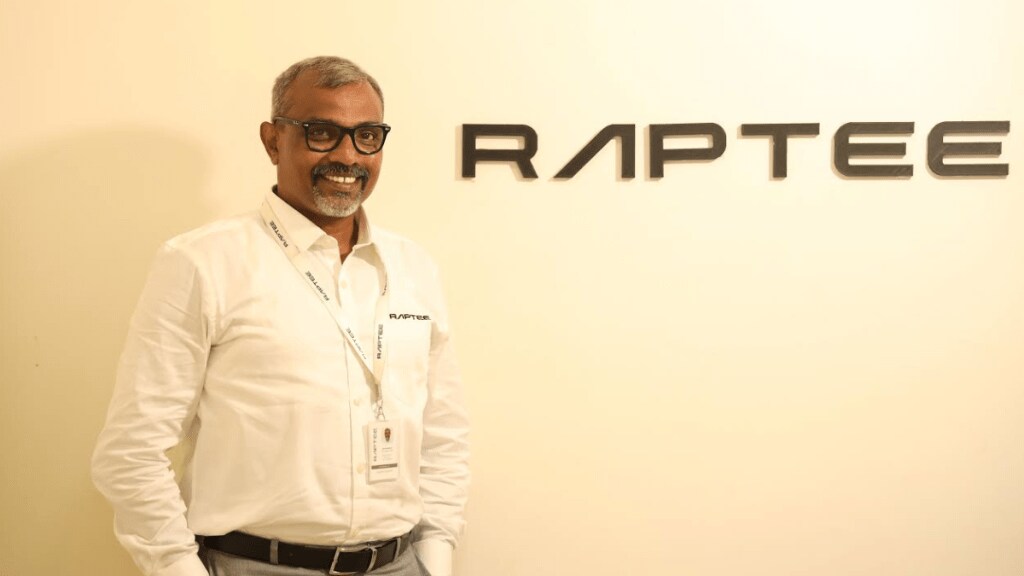The pandemic has brought about notable shifts across industries, and the case has been no different for marketing. Today, digital marketing has become a crucial aspect in order to acquire new customers and retain existing ones. In our weekly BrandWagon Ad Talk series, industry experts highlight what has changed over the past two years and more importantly, are these changes here to stay. Jayapradeep Vasudevan, CBO, Raptee talks to BrandWagon Online, about the dos and don’ts of digital marketing, best marketing campaigns, and more.
1. What is the difference between launching a brand in today’s digital era versus earlier?
In earlier days, product launches relied heavily on physical means following the “Spray and Pray Approach”, predominantly through traditional media channels such as print and television. These launches leveraged the followers of the media platforms to indirectly reach potential customers. However, nowadays “Sharp Shooting Approach” is followed emphasising direct engagement with their target group, primarily through social media channels. This direct approach allows for instantaneous communication with the target audience, enabling brands to connect with customers at the click of a button. Therefore now, ROI is actionable and high. Before there was a considerable time lag in disseminating information to consumers; today, launches are characterised by spontaneity and immediacy. Moreover, while previous launches often incurred substantial costs, the advent of social media and digital marketing has led to more cost-effective strategies with higher returns on investment. This evolution in launch methodologies underscores the dynamic nature of marketing and the significance of adapting to changing consumer behaviours and technological advancements.
2. What are the recent best marketing or advertising campaigns you have seen and why?
IDFC Bank’s “Always You” and “Yeh Hai India” campaign focuses on empowerment, inclusivity, and celebrating human potential, conveying the message that the bank understands customers’ needs and aspirations, committed to helping them achieve their goals. This approach has strengthened brand affinity and emotional connection with customers, while also enhancing brand perception as modern, progressive, and inclusive..
3. Which brand in the last year has made the best use of digital and how?
Atomberg, a newcomer in the ceiling fan industry, is a good case on how one can become a successful brand . It disrupted the market dominated by legacy brands by leveraging the potency of digital marketing through precise targeting and impactful outreach.
Their Marketing campaign “Why Not?” and “Upar Waala (The Man Upstairs) Applauds” revolves around innovation, curiosity, and energy-efficiency, featuring humorous animated twins “Atom & Berg” embodying the brand ethos. The key message emphasises Atomberg fans’ superior performance, energy savings, and unique designs at affordable prices, resulting in an improved brand image and association with innovation and value.
4. In a post-Covid world, what are the dos and don’ts of digital marketing?
1. We are in the ‘Phygital’ era, where physical and digital channels coexist, and it’s imperative to cater to diverse customer preferences by offering them choices. While some consumers exclusively favour physical stores, others prefer the digital route, and some engage with both. Neglecting either channel risks losing valuable leads. Thus, maintaining a strong presence across both physical and digital platforms is essential to maximise reach and capitalise on the best opportunities for engagement and conversion.
2. Choosing the right combination of appropriate platform or media is fundamental in effectively reaching the intended audience with tailored communication.
3. Establishing a robust lead management system before initiating any digital campaign is crucial. Failure to promptly engage with leads will jeopardise the credibility of a brand’s core values and capabilities in the eyes of consumers and of course leave the brand with a very poor ROI on the campaign.
5. One recent bad case of advertising you have seen, and why?
Recently, Poonam Pandey staged a publicity stunt by falsely announcing her demise from cervical cancer. This move evoked mixed reactions, some praised her for shedding the light on the disease, while others criticised it for being insensitive and disrespectful. Critics also noted that such antics could undermine public trust in public health campaigns, as it could be seen as trivialising a serious disease.
The World Health Organisation weighed in, stating that they do not support using sensational tactics to raise awareness about cervical cancer.
The controversy surrounding Poonam Pandey’s ordeal highlights the need for public health campaigns to be respectful and accurate. When raising awareness about serious medical conditions, it is important to strike a balance between educating the public and being sensitive to those who have been affected.


